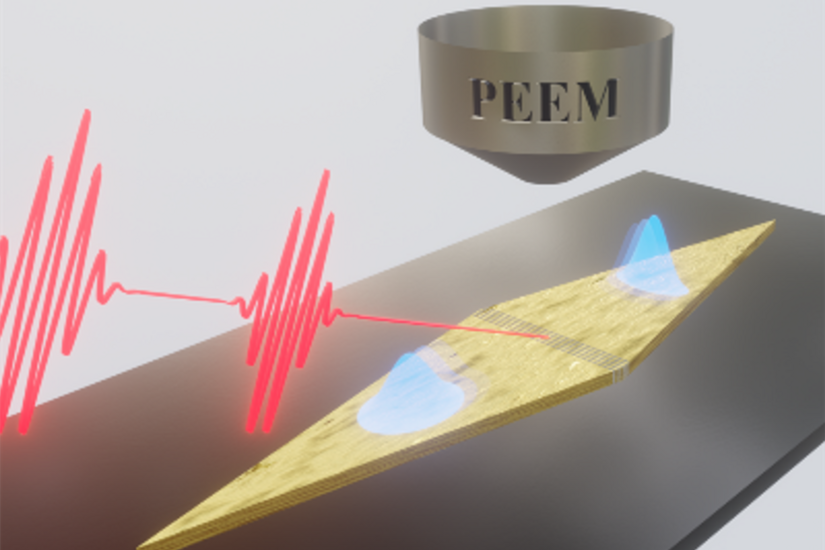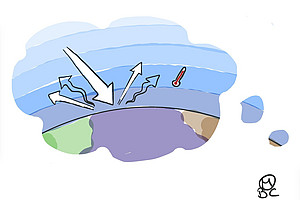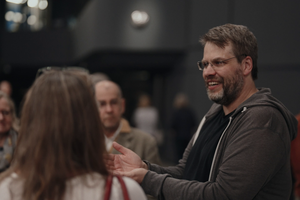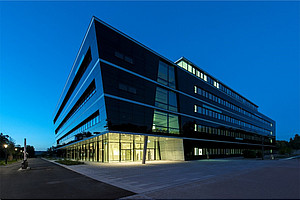Ultrashort laser pulses - awarded two Nobel Prizes in the last five years - make it possible to study the optoelectronic properties of materials on ever shorter time scales. However, the possible time resolution can only be exploited if the associated frequency range is completely coupled to the material. A cooperation between the Institute of Experimental Physics at Graz University of Technology, the Wigner Research Center in Budapest and the Nano-Optics Group at the University of Graz has now achieved exactly that for the excitation of surface plasmons on a gold surface with a record value of 7.9 fs pulse duration.
For this purpose, a lithographically manufactured grating coupler was developed on a thin gold film, which converts incident femtosecond pulses with a bandwidth >70 THz and an efficiency >50% into light waves bound to the gold surface, i.e. surface plasmons. The propagation of the plasmons was then detected with high temporal and spatial resolution using a photoemission electron microscope, a NAWI Core Facility. The plasmon pulses consist of just a few oscillations of the optical field and could provide new insights into the linear and nonlinear optical properties of surfaces and nanostructures.
K.Komatsu, Z. Pápa, T. Jauk, F. Bernecker, L. Tóth, F. Lackner, W. E. Ernst, H. Ditlbacher, J. R. Krenn, M. Ossiander, P. Dombi, M. Schultze
Few-cycle surface plasmon polaritons
Nano Letters 24, 2637–2642 (2024)




